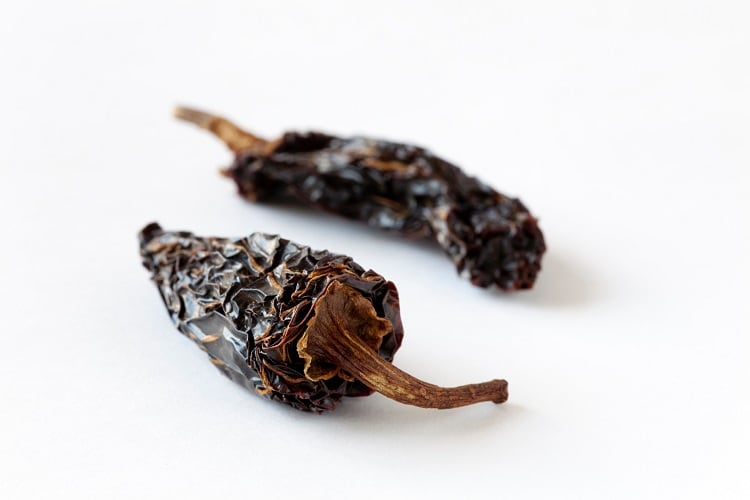As people age, their ability to taste and smell tends to weaken. Reduced perception of salty flavours in older populations can encourage consumers in older age demographics to season their food with excessive salt.
This, in turn, increases their risk of cardiovascular disease, heart failure, elevated blood pressure, impaired renal function, left ventricular hypertrophy, and increased arterial stiffness.
Is there a way for older populations to perceive saltiness, without adding excessive salt? Researchers María Laura Montero and Carloyn F. Ross, from Washington State University and the University of Costa Rica, San Jose, have sought to determine the range at which seniors can detect saltiness in different recipes, as a way of avoiding excessive salt intake.
White sauce taste test
“The population of older adults in the US and other countries is growing rapidly. One of our larger projects is developing ready-to-eat meals for older adults,” explained Ross.
“These meals are processed using microwave processing which makes the meal safe but also retains nutritional quality. In preparation for this work, we started looking at what kind of meals to focus on further development to meet the unique needs of older adults, changing taste sensitivities and changes in food texture preferences.”
In a study published in Food Quality and Preference, the researchers recruited 39 participants aged 60 years of age or older.
Participants described the types of salts they consume and if they were on a salt-restricted diet, answered questions about their oral health, and whether they were sensitive to bitter tastes.
Salivary flow rate was also quantified, and participants’ medications and supplements taken on a daily basis were listed. The researchers were also interested in olfaction, testing participants’ odour identification with Sniffin’ Sticks test.
Once this data was received, three white sauce recipes were made: one with no added herbs, with herbs, and one with herbs and chipotle season. Each recipe was made with five differing levels of salt.
Chipotle found to impact salt detection
Of the different white sauce recipes tasted, it was found that the saltiness detection range (SDR) was most effected by the addition of chipotle. This means that participants could not easily taste a difference in lower salt concentrations when chipotle was added to the sauce.
For the researchers, the study points to the significant role of spice in salt detection studies. But Ross told this publication spice, or indeed chipotle, may be just one of many options available that allows for salt reduction while maintaining consumer acceptance.
“If salt is being removed from a product, something needs to be added back in to compensate for the salt reduction. People’s saltiness sensitivity may be affected by many factors, so considering this is important.
“The idea of one perfect product (i.e. one version of a product) for everyone has been challenged within the field of product development – there are very few, if any, perfect products.”

What can food makers learn from this research? Well, given that one version of the product will likely not appeal to everyone, producers need to think about everyone consuming their products – including older adults – and how they can tailor their products to this population, Ross suggested.
More research into older populations ‘definitely’ required
Another interesting finding was that polypharmacy appeared to significantly impact salt taste thresholds. In fact, the mean taste thresholds for older adults taking three or more medications were on average 5.4 times higher than for non-medicated – and younger – individuals across a range of salts and other basic tastes.
Ross told FoodNavigator this discovery was one of the most unexpected. “Our finding regarding the influence of medications and salt consumption habits on saltiness detection range (an indication of sensitivity to salt) surprised me a little.”

An advocate for research into older adults’ nutrition, Ross said there should ‘definitely’ be more studies like these conducted.
“Their taste sensitivities and texture preferences are changing with age, along with the number of medications they are taking and other measures of oral health.
“By assuming that this population is no different from the general adult population who is younger means that we may not be serving their needs.”
Due to the presence of these mitigating factors, which cause differences in perception, food may not be as tasty, she stressed. “This can result in the adults eating less or enjoying their food less.
“And that’s concerning, especially when we can address it.”
Source: Food Quality and Preference
‘Saltiness perception in white sauce formulations as tested in older adults’
Published online 7 January 2022
DOI: http://dx.doi.org/10.1016/j.foodqual.2022.104529
Authors María Laura Montero, Carolyn F. Ross.




